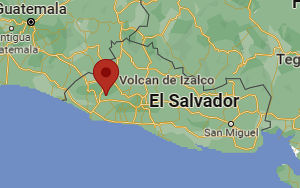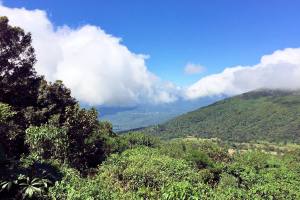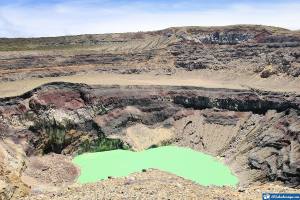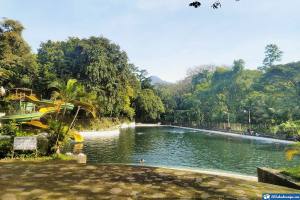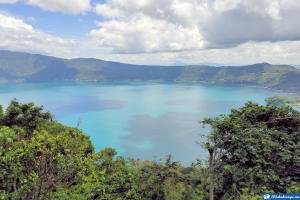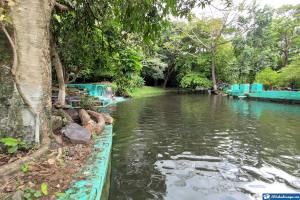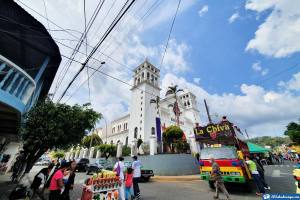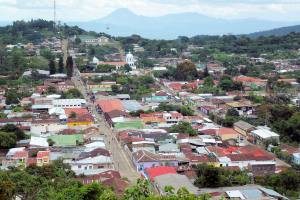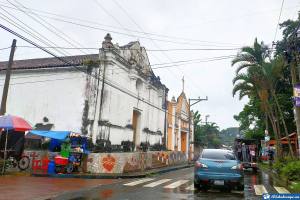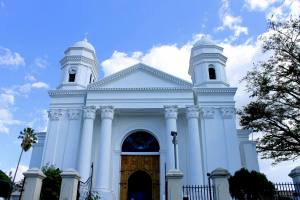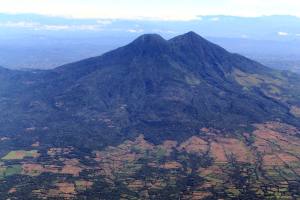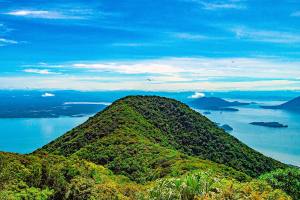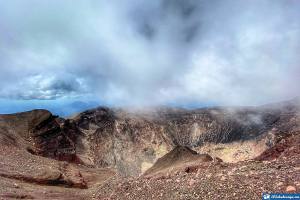Visiting the Izalco volcano is an unforgettable experience for all who dare to climb almost 2,000 meters above sea level to its peak.
But what is most impressive is that it is a volcano that is still active, so if you want to see an active crater up close, this lava giant is what you are looking for. In addition, it offers unique views of the region while you touch the clouds.
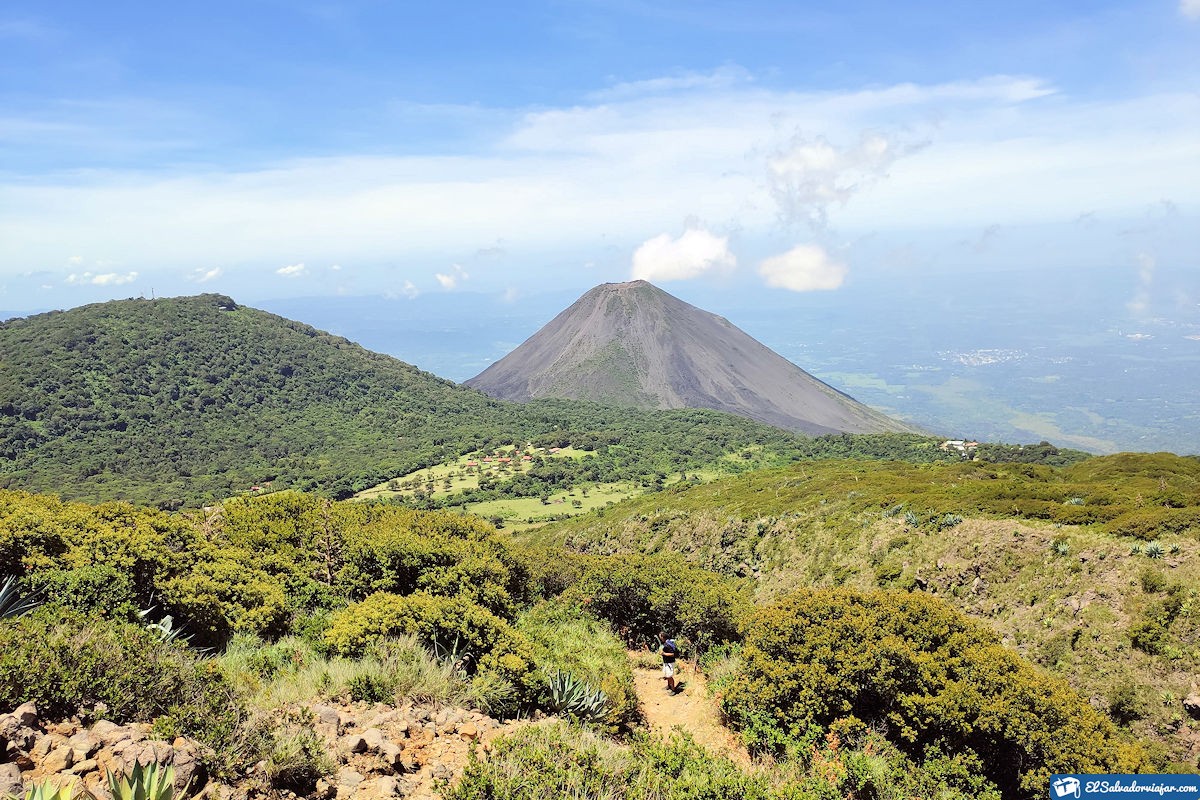
VOLCÁN DE IZALCO - Volcanes de El Salvador. Foto por ElSalvadorViajar.
Izalco Volcano Data
| Country: | El Salvador |
|---|---|
| Department: | Sonsonate |
| Category: | Volcanoes, Volcanoes Route |
| Municipalty: | Izalco |
| Elevation: | 1,950 meters |
| Last eruption: | 1,966 |
Origin and history of the Izalco Volcano
The Izalco volcano was formed in the early 1700s when one of the craters of the Santa Ana volcano began to emit lava, fire, and smoke; this same activity led the cone to grow in width and height while maintaining its mouth of more than 200 meters in diameter.
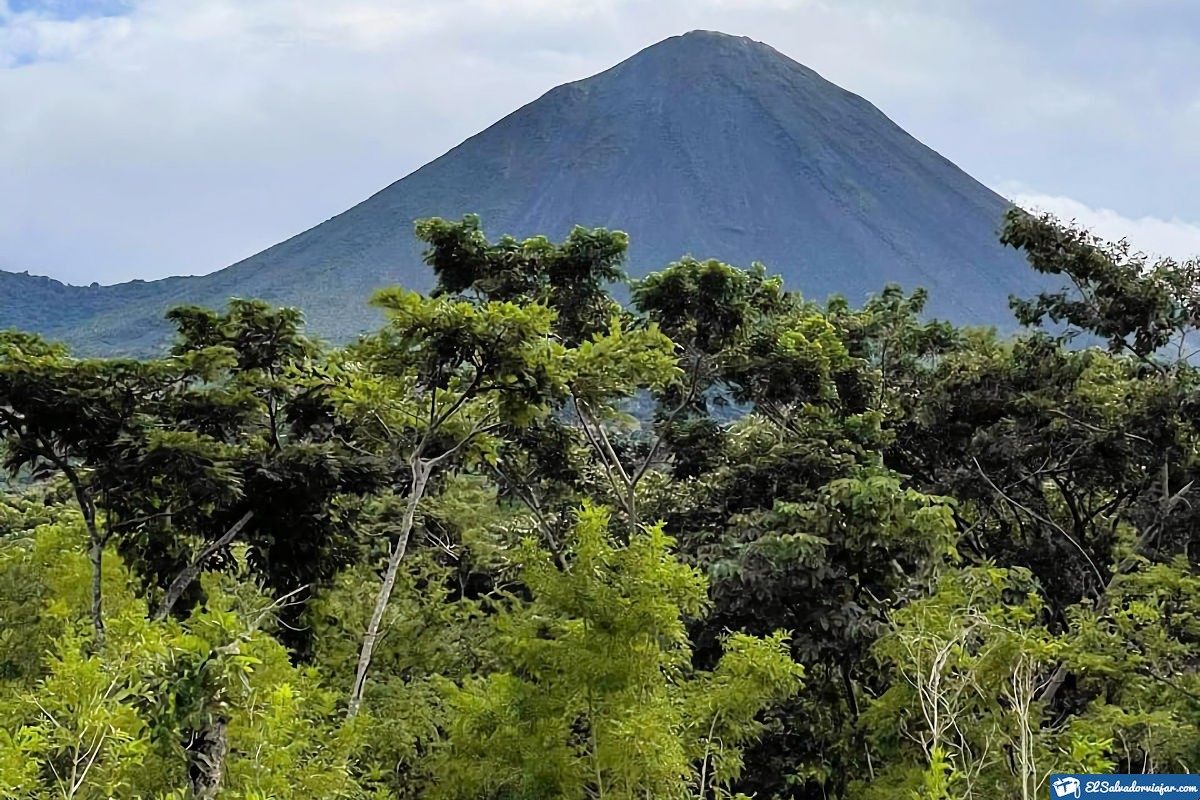
The expulsion of lava remained uninterrupted until 1958 when the activity ceased for several years and resumed in 1966 with a small eruption of lava on one of the sides, which lasted only a short time. Since then, there has been no further activity, only in its fumaroles.
Izalco volcano is part of Los Volcanes National Park, which includes Santa Ana and Cerro Verde volcanoes. Officially it is part of the municipality of Izalco in the department of Sonsonate. Still, due to its proximity to the department of Santa Ana and its integration with the other volcanoes, it is usually included as part of the latter department.
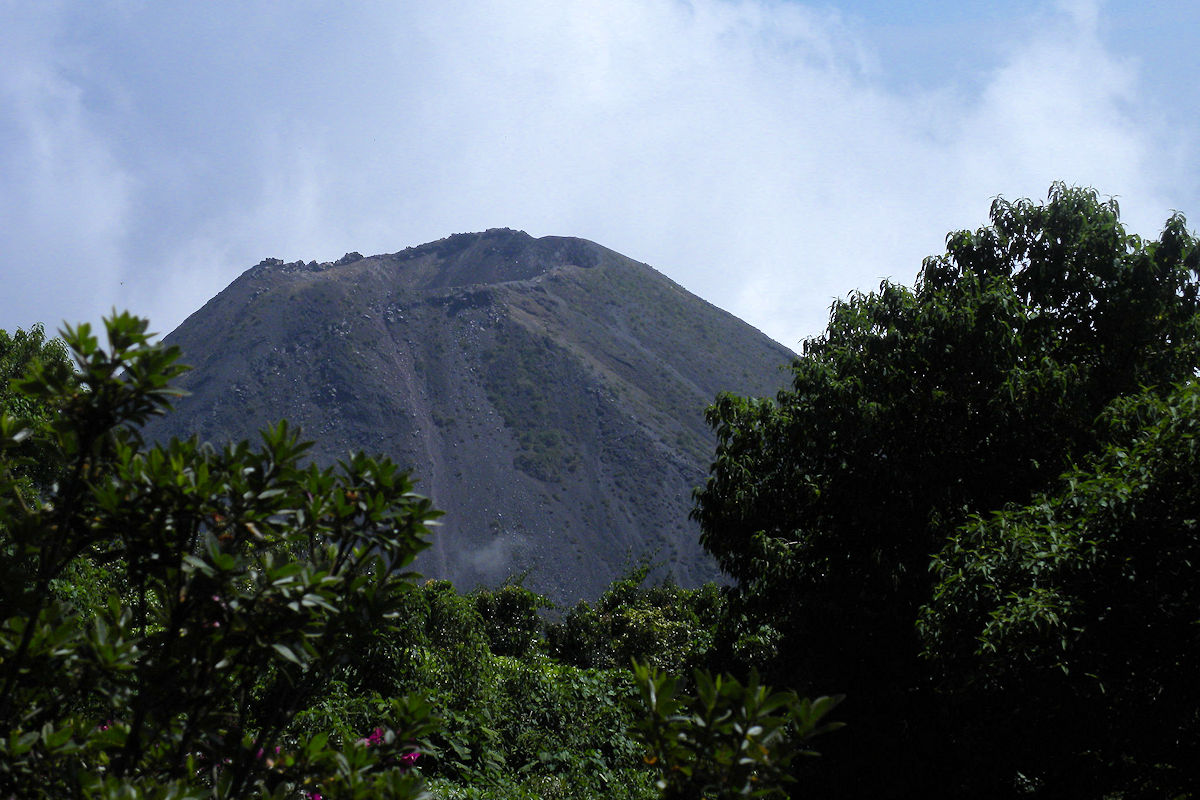
Its name comes from the indigenous Nahuat word meaning black sands, and it makes sense since the volcano’s activity over the centuries has consequently formed dark-colored spits on the ground throughout the immediate area.
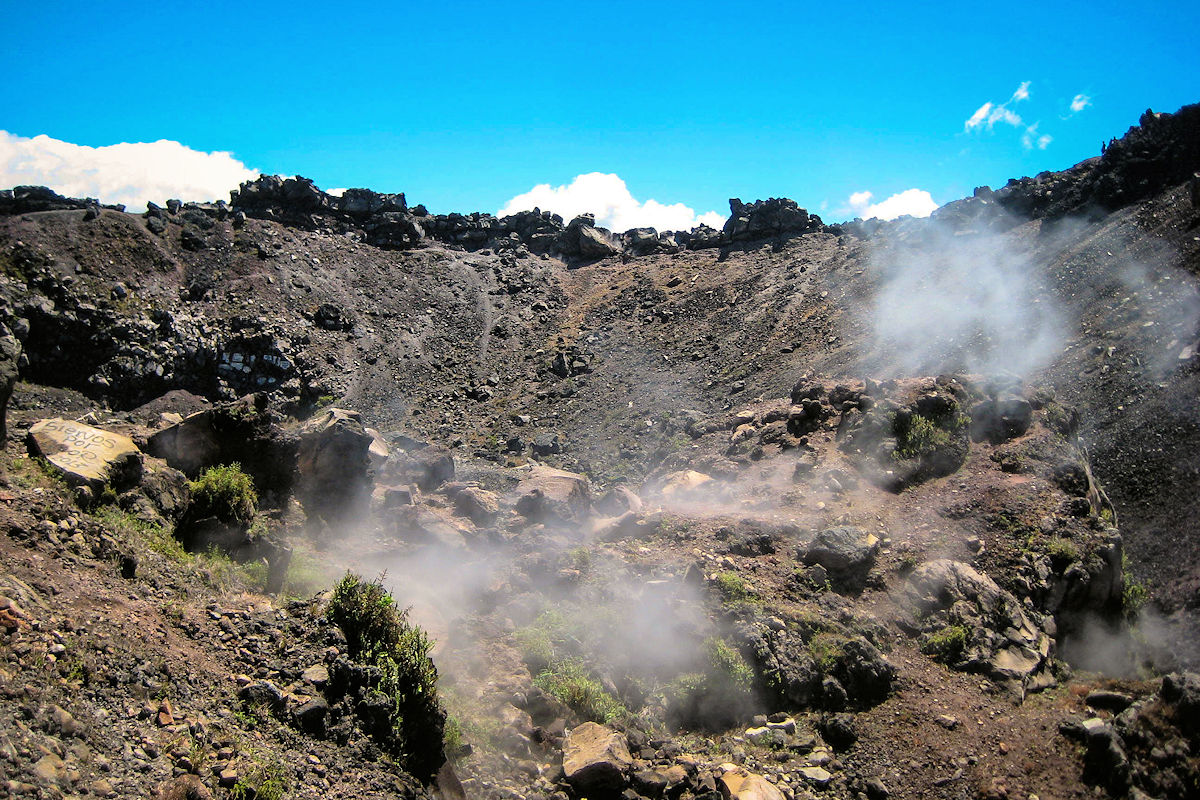
Since 2007, UNESCO has certified it as part of the Apaneca Conservation Area and Biosphere Reserve, so the local and national governments have implemented protection and visitor regulation measures.
Climate, Flora and Fauna at Izalco Volcano
The climate at Izalco volcano is changeable because it depends significantly on the seasons, fumaroles activity, and other atmospheric aspects. However, in normal conditions, temperatures are between 26° C to 30° C, with decreases at night and early morning that reach up to 16° C. During the morning, it increases and maintains a pleasant 20° C on average.

Indeed, this is the reason why mist is often seen throughout the crater area, which makes the humidity higher and makes it necessary to wrap up warm when climbing. In the rainy months, from May to October, in the early hours of the morning, temperatures drop even more, to about 7° C.
Despite being a relatively recently active volcano, the surrounding flora is quite abundant; in fact, many species of trees in temperate and tropical climates and species of flowers survive in volcanic areas, such as some bromeliads and orchids.
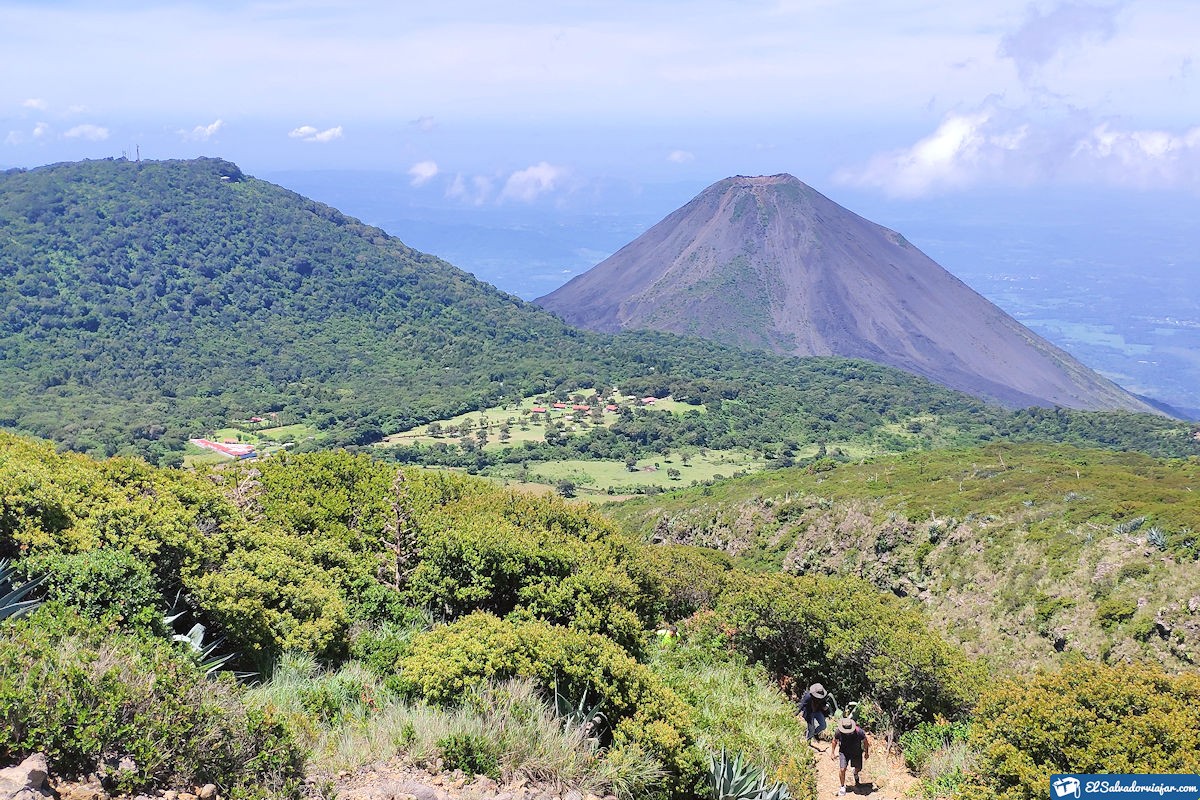
In previous decades, those who owned the land near the volcano planted more than 130 hectares of cypress trees, which can grow an astonishing 30 meters high.
In fauna, many species of birds of prey, eagles, and hawks can be found in the volcano. Some nest on the slopes and therefore are the subject of study of some biologists. Some mammals such as the spiny fox, deer, and coyote also inhabit the area and can be easily seen when walking.
Activities we can perform
When visiting the Izalco volcano, you will find a lot to do and activities for all tastes. The most demanded by tourists is to get to the top of the volcano, for this, you must hire a tour company or request a guide from the tourism police, POLITUR.
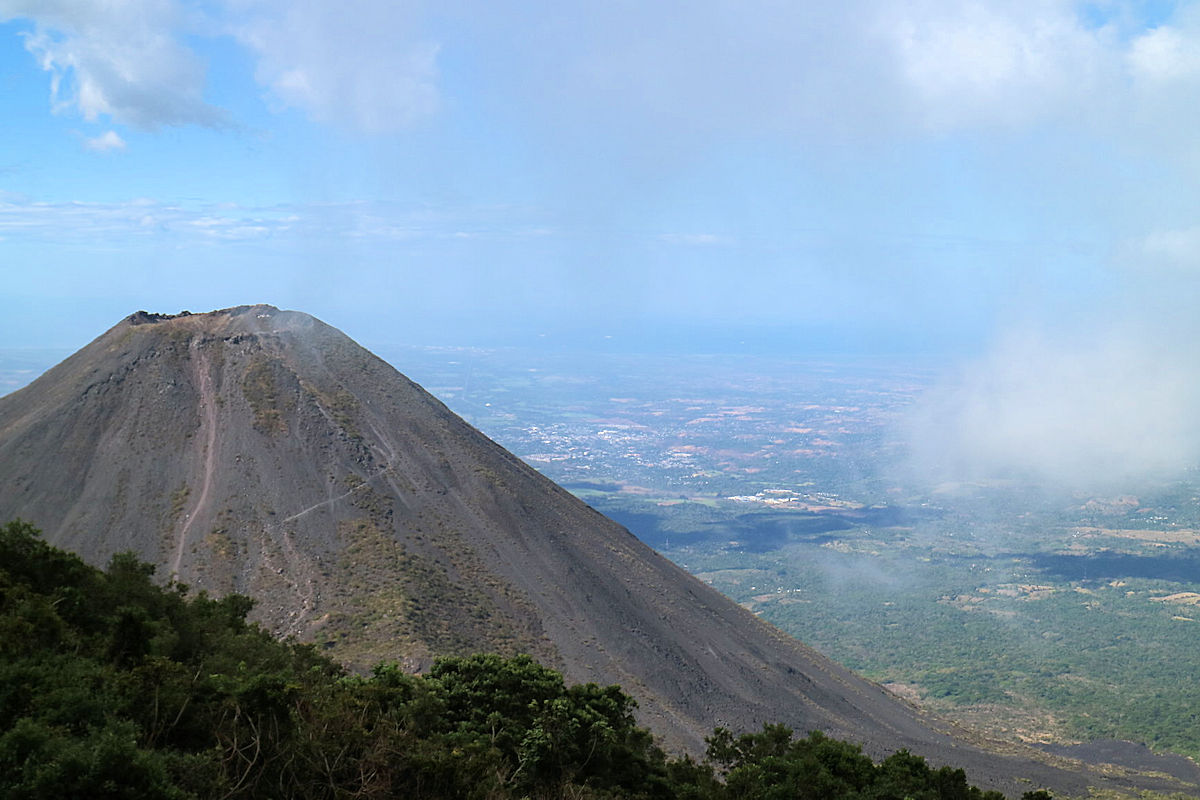
Depending on the weather and the year’s season, you can climb to the summit camping from one day to the next; this allows you to appreciate the vegetation and see the animals walking through the forest. For those who want to walk, the trails at the foot of the volcano are ideal, although if you do it early in the day, you will have to dress warmly.
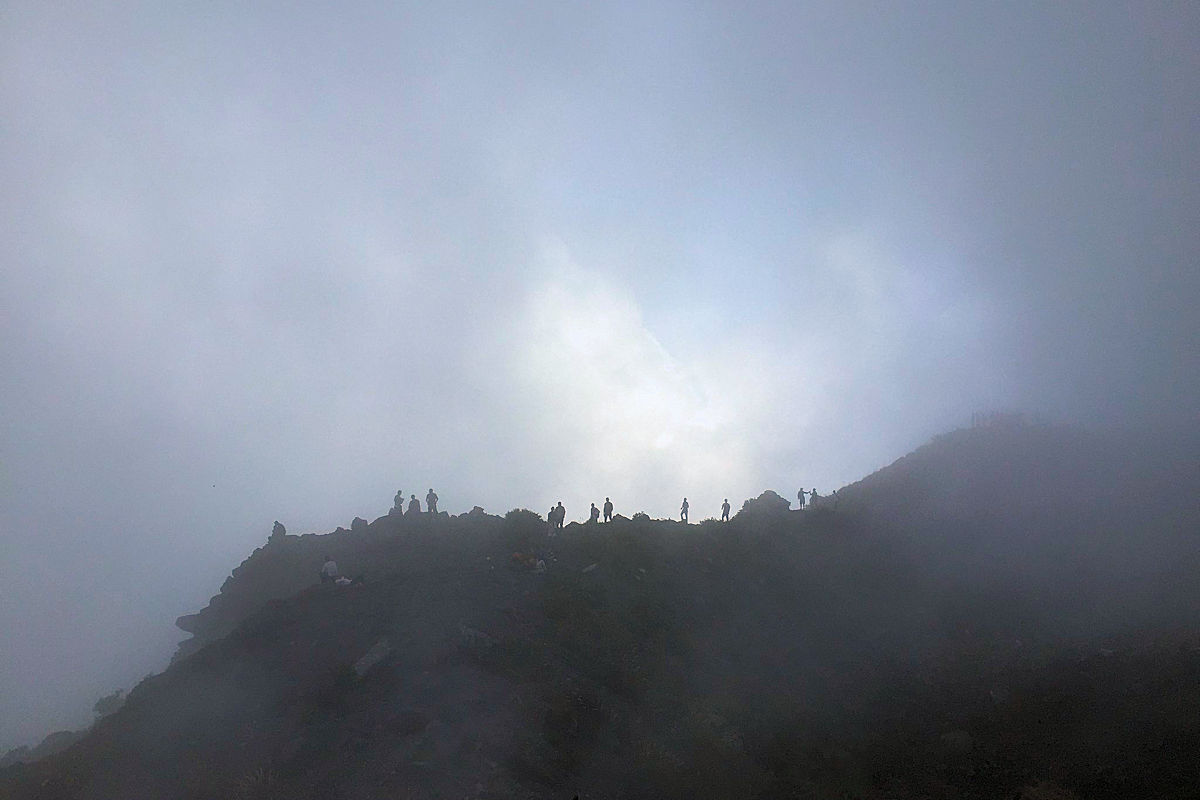
Similarly, there are several viewpoints in this volcano and the other two in the park. Enjoy the privileged views offered by this place and take a picture with the coast of Sonsonate in the background.
Another very visited place is the orchidariums, where you can observe various species of plants apart from the exotic orchids.

You can also taste the local food and drinks in the cafeterias and fast food stands, which also offer small snacks. But if you bring your food, you can eat it on the benches and public dining rooms in the surroundings.
Prices and visiting hours
As the park is under the supervision of POLITUR, there is an entrance schedule for all tourists, local and foreign, which allows access from 8 am to 4 pm.
To enter the Izalco volcano, you must pay $3 if you are a foreigner and $1.5 if you are a native of El Salvador; children under six years old and seniors do not pay the entrance fee.
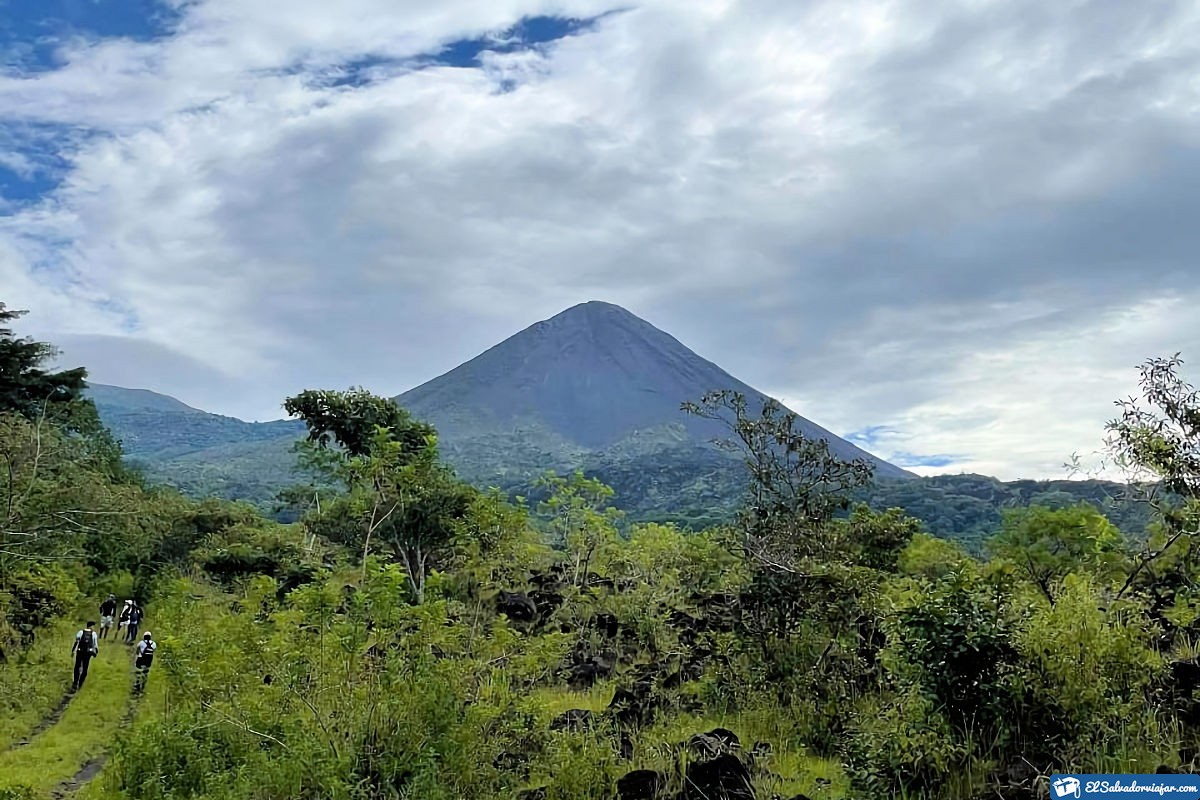
An important tip is to wear comfortable shoes suitable for mounting if you climb the Izalco Volcano. But at the same time, don’t mind if they get damaged; the lava that has passed through the paths and the type of sand make many people’s shoes break.
Nearby places to visit
Suppose you want to take advantage of your stay in the municipality of Izalco. You can visit one of the most visited tourist attractions by tourists and locals, the Atecozol Aquatic Park. Just 45 minutes from the volcano, about 16km, to fully enjoy its facilities, including splendid swimming pools for children and adults, sports courts, a nursery, and picnic areas, surrounded by a unique natural environment.
Also, on the way, you can approach Izalco’s city and visit monuments like the Llanito Memorial Park and the Barrientos house. Among other places in this magical and ancestral corner of Sonsonate, while enjoying its art and gastronomy between local crafts and typical Salvadoran food.
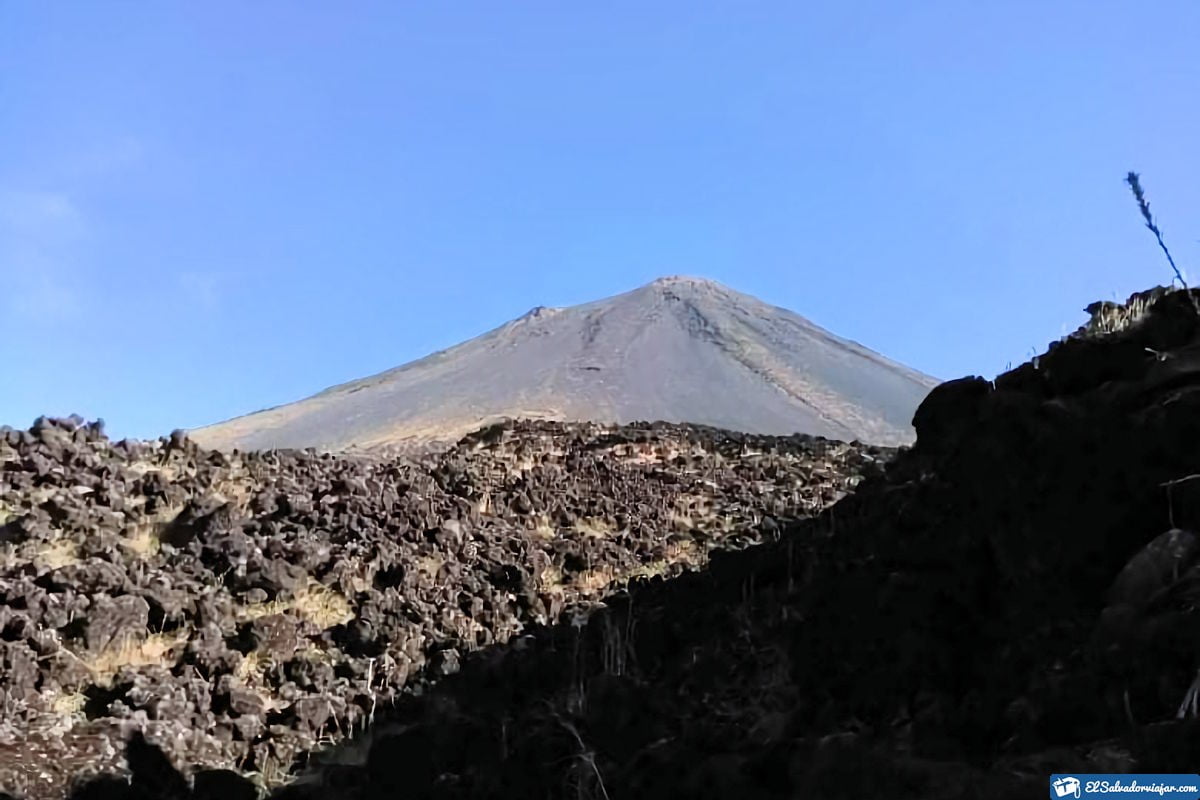
The Izalco volcano is a wonder of nature worth visiting, as evidenced by the tourists from around the world who come every year to El Salvador to see this colossal Pacific Lighthouse. Be one of them!
